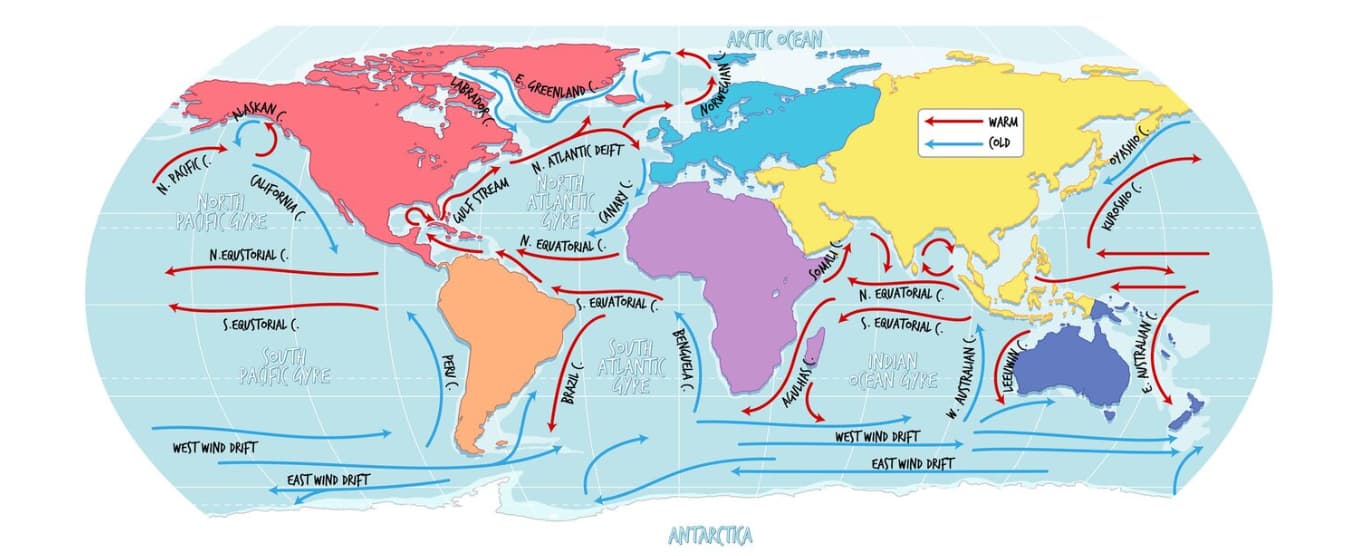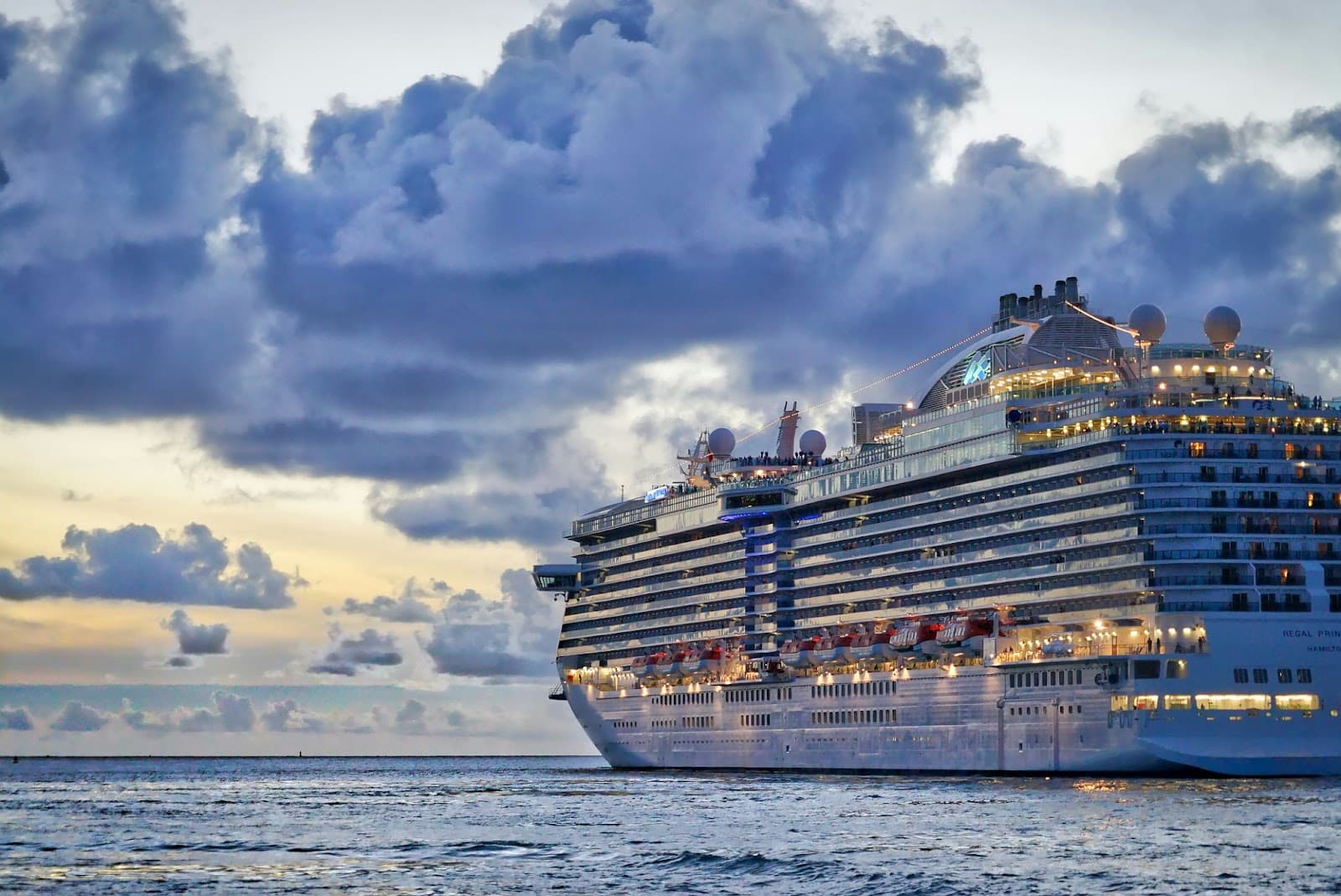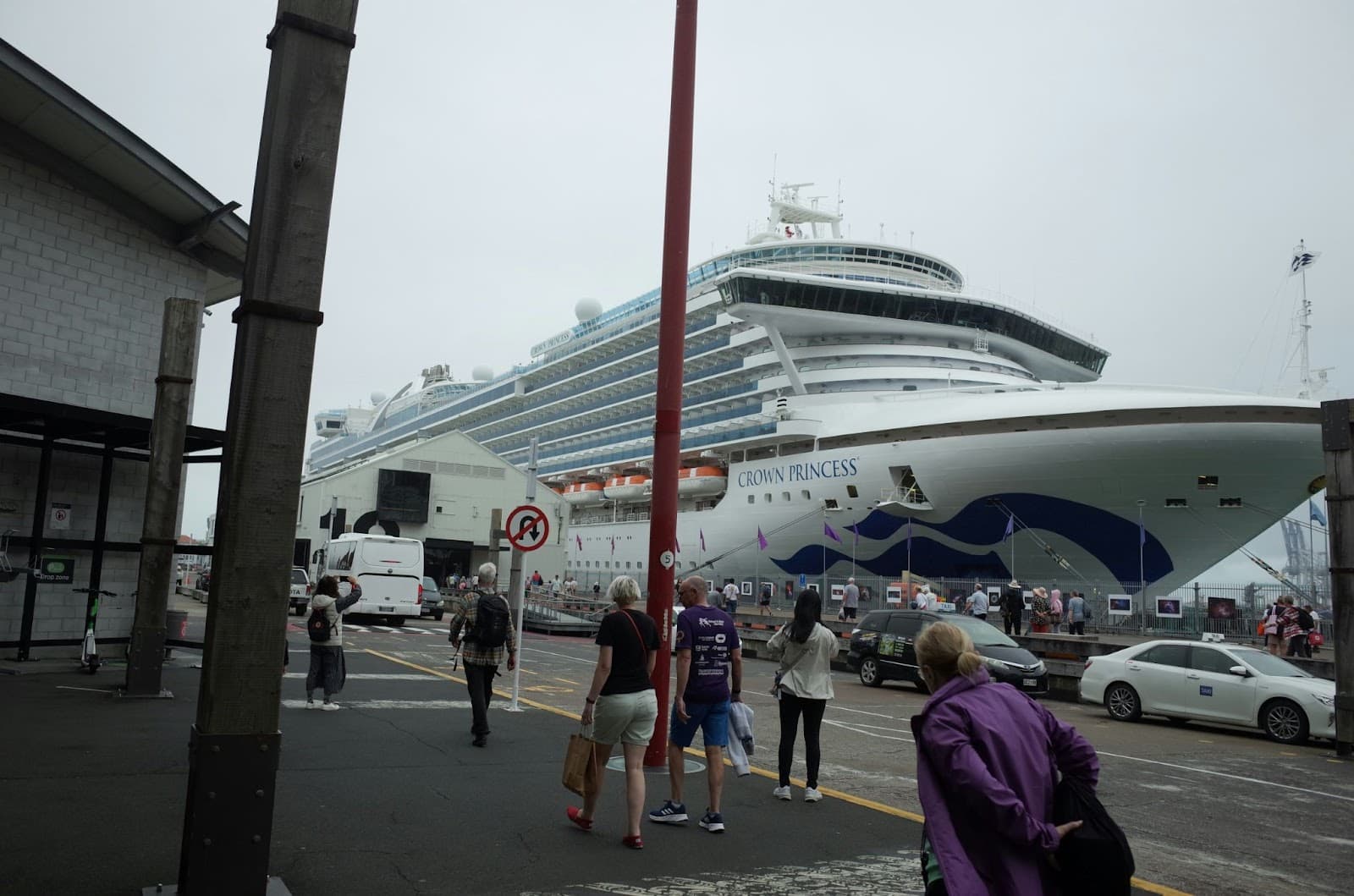The Earth’s surface is predominantly covered by water, comprising approximately 70% of its total area, with over 96% being saline. This expansive aquatic domain, although largely interconnected, is segmented by the presence of seven continents and various land masses, forming a diverse array of large and small bodies of water. Among these, the most prominent are recognized as the Great Oceans, encompassing vast expanses of our planet’s aquatic realm.
The Five Oceans of the World
Pacific Ocean
- The Pacific Ocean, spanning 63,784,077 square miles (165,200,000 km²), holds the title of the largest among the world’s oceans;
- It extends between the western shores of the Americas, the eastern coastlines of Asia and Australia, and is bordered by the Arctic and Antarctic regions to the North and South respectively;
- With its extensive collection of tropical islands in East Asia, the Pacific boasts the longest combined shoreline, measuring approximately 84,300 miles (135,663 km).
Notably, it harbors the deepest point on Earth’s seabed known as the Challenger Deep, located within the Marianas Trench near Guam, plunging nearly 11,000 meters below sea level, or roughly 7 miles deep. Despite the extreme water pressure and seeming inhospitality, life thrives in this abyss. Initially explored by the HMS Challenger in 1875, the Challenger Deep revealed a surprising variety of life forms, including shrimp, flatworms, and single-celled protists resembling Earth’s earliest organisms. The name “Pacific” was bestowed by the Portuguese explorer Ferdinand Magellan, who embarked on a voyage from Spain in 1519 in search of a western route to the Spice Islands. Upon navigating through the strait now bearing his name in November 1520, Magellan encountered a vast expanse of remarkably tranquil waters, which he aptly described as the “beautiful, peaceful [pacific] ocean.”
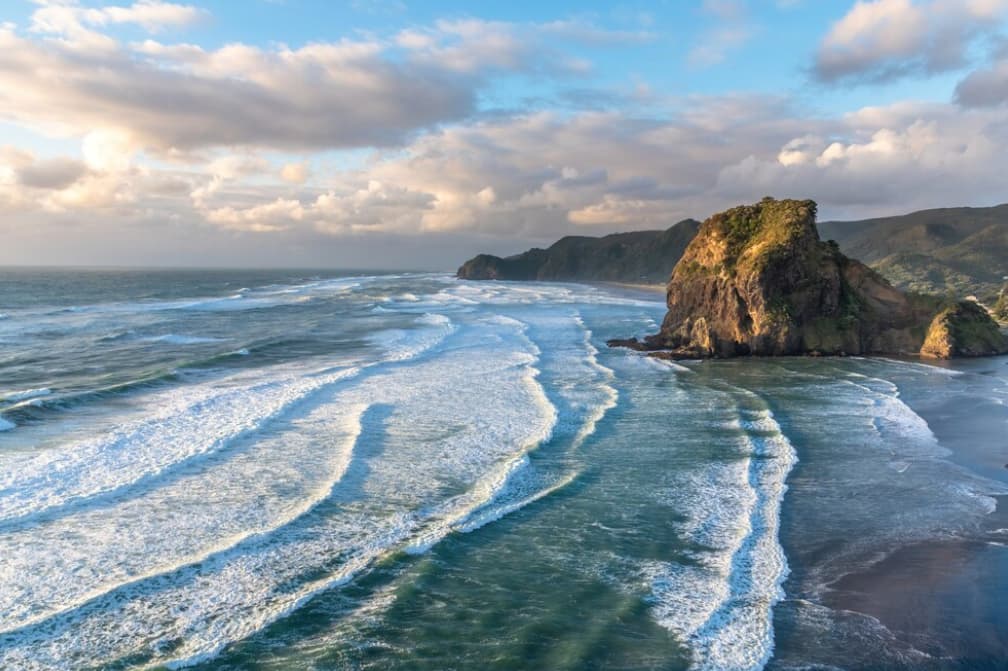
Atlantic Ocean
- The Atlantic Ocean, the second largest in the world, spans an area of 41,081,270 square miles (106,400,000 km²);
- It is flanked by the Americas to the west and the western coastlines of Europe and Africa to the east;
- Within its bounds lie notable bodies of water such as the Mediterranean, Caribbean, and Baltic Seas, along with the Gulf of Mexico;
- Similar to the Pacific Ocean, it extends toward the Arctic and Antarctic regions.
Historically, during European exploration, the Indian and eastern Atlantic Oceans were among the most extensively charted seas until the 15th century, representing the entirety of the known world at that time. The pursuit of a Western route to the East Indies, driven by the Spice Trade, eventually led to the exploration of the globe as we recognize it today. The North Atlantic, characterized by its warm and tempestuous waters, once sustained significant populations of cod and sperm whales. Cod, a staple food source for centuries, played a crucial role during the establishment of America’s colonies, providing easily preserved, high-quality flesh. The sperm whale, surpassing 20 meters in length, holds the title of the largest living toothed animal. Its abundance of bodily oil, utilized for lighting lamps in Europe and North America, rendered it highly sought-after in the late 18th and early 19th centuries, nearly driving it to extinction. While whale oil remained in use across various industries well into the 20th century, the advent of kerosene marked the decline of large-scale sperm whale hunting.
Indian Ocean
- Encompassing an area of 28,400,130 square miles (73,556,000 km²), the Indian Ocean stretches between the eastern coastline of Africa, the shores of the Middle East and India to its north, and is demarcated from the Atlantic Ocean by Southeast Asia and Australia/Oceania;
- Throughout history, the Indian Ocean has been a cradle of diverse human civilizations, fostering a rich tapestry of cultures;
- Additionally, it is renowned for its abundant array of exotic plant and animal species, serving as a vital source for spices such as black pepper, nutmeg, and ginger, which continue to flavor cuisines worldwide.
While these spices are predominantly utilized in culinary applications today, they held significant medicinal value in ancient times and were revered for their purported healing properties. During the tumultuous plagues that ravaged Europe from the 13th to the 17th centuries, the perceived medicinal prowess of these spices drove European nations to engage in relentless conflicts and invest substantial resources in gaining control over the Spice Islands. The allure of these precious commodities prompted countless explorers and sailors to embark on perilous journeys, braving uncharted waters in pursuit of their riches.
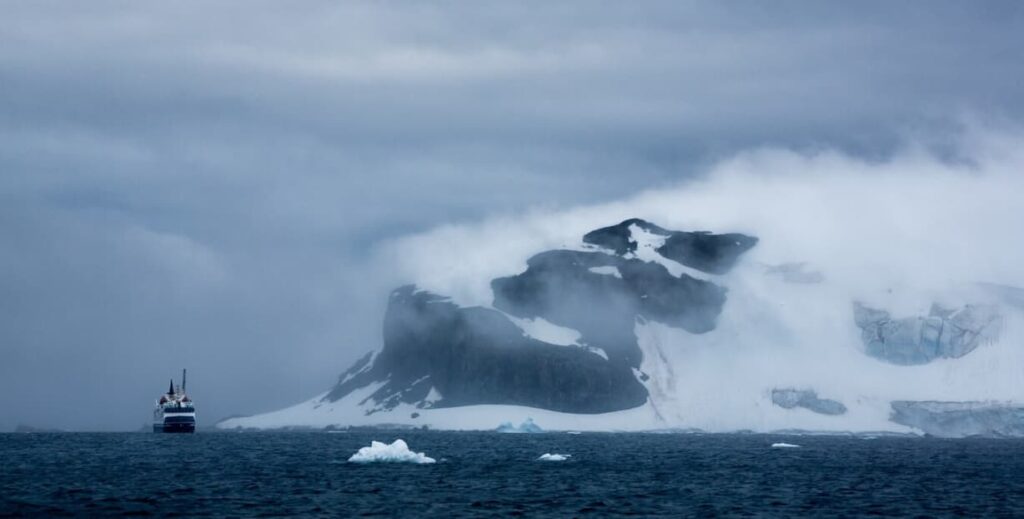
Arctic Ocean
- Covering an area of 5,400,025 square miles (13,986,000 km²), the Arctic stands as the smallest and shallowest among the five oceans, predominantly situated within the Arctic Circle;
- Its boundaries are defined by the Eurasian and North American continents, encompassing notable features such as Hudson Bay, the North Sea, and the Barents Sea;
- Throughout much of the year, these waters are veiled in a thick layer of ice, often measuring hundreds of feet in depth.
Even during the brief summer months, icy barriers can render navigation through the Arctic Ocean treacherous and nearly impassable. It wasn’t until modern times that the realization dawned that the northernmost reaches of the Earth harbor little solid ground. Nevertheless, despite its harsh and frozen expanse, the Arctic has been inhabited since ancient times by resilient indigenous peoples such as the Inuit of North America, the Sami of Scandinavia, and the Nenets of Russia. During the age of exploration spanning the 16th to 19th centuries, intrepid adventurers were driven by the quest for a navigable passage from the North Atlantic to the bountiful shores of Asia, in search of coveted commodities like spices, silks, and opium. Although many of these ventures met with failure and tragedy, the 19th and 20th centuries witnessed the successful charting of viable routes through the predominantly frozen waters of the Arctic.
Southern Ocean
- Until the mid-20th Century, the waters surrounding Antarctica were commonly regarded as extensions of the neighboring oceans;
- However, in 2000, members of the International Hydrographic Organization reached a near-unanimous consensus to designate these southernmost waters as the Southern Ocean.
While its precise boundaries are still subject to debate, the area below 60°S latitude is generally acknowledged, endowing it with an expanse of 7,848,299 square miles (20,327,000 km²) and positioning it as the Earth’s fourth-largest ocean. By interconnecting the waters of the southern Pacific, Atlantic, and Indian Oceans through a persistent easterly current, the icy Southern Ocean significantly influences global weather patterns.
Conclusion
The five oceans, each with its remarkable characteristics, not only shape our world but are also vital to our existence. They are complex ecosystems with rich biodiversity, significant historical relevance, and unmatched beauty. As we continue to explore and learn about these vast bodies of water, it becomes increasingly clear that the sustainability of our oceans is paramount for the health of our planet.
